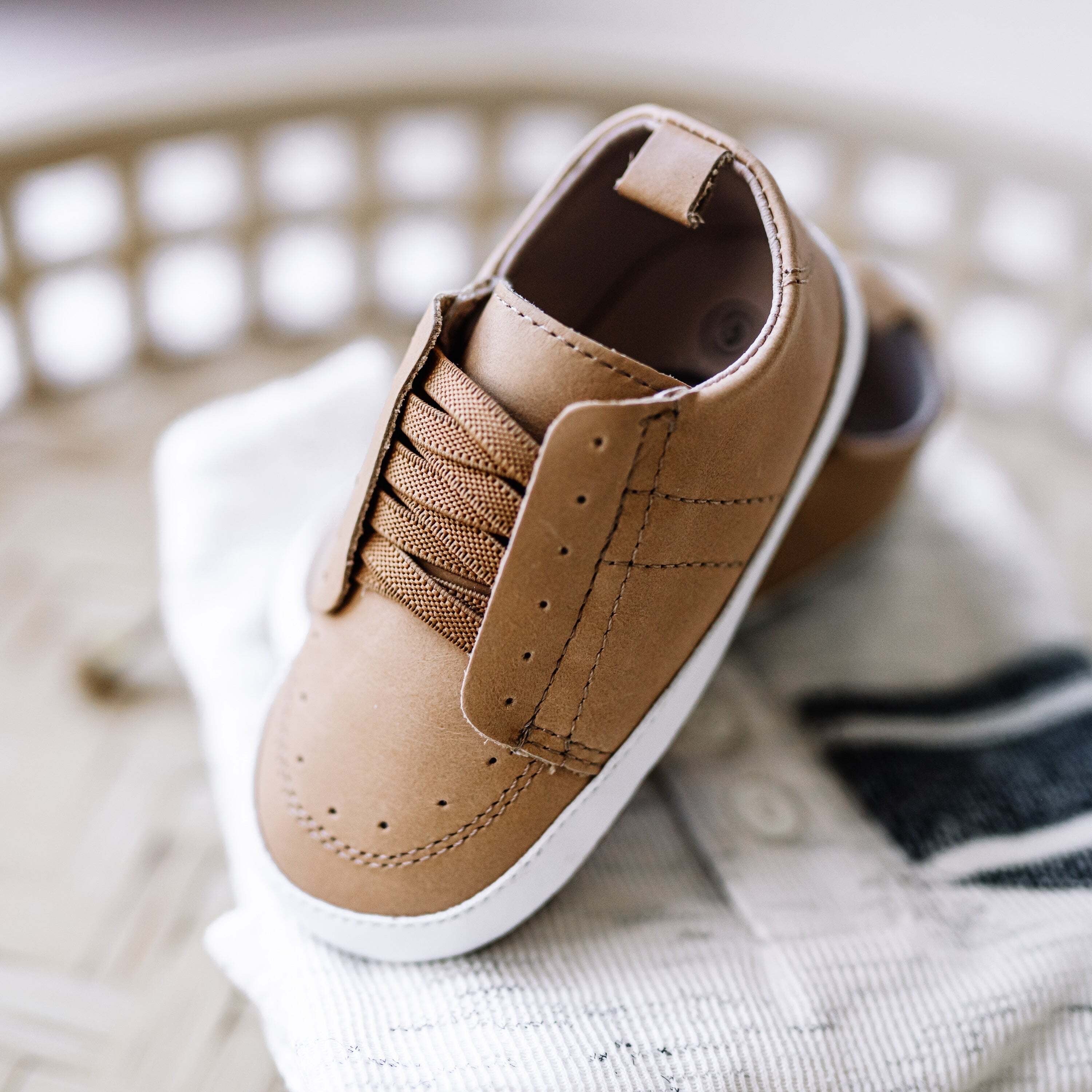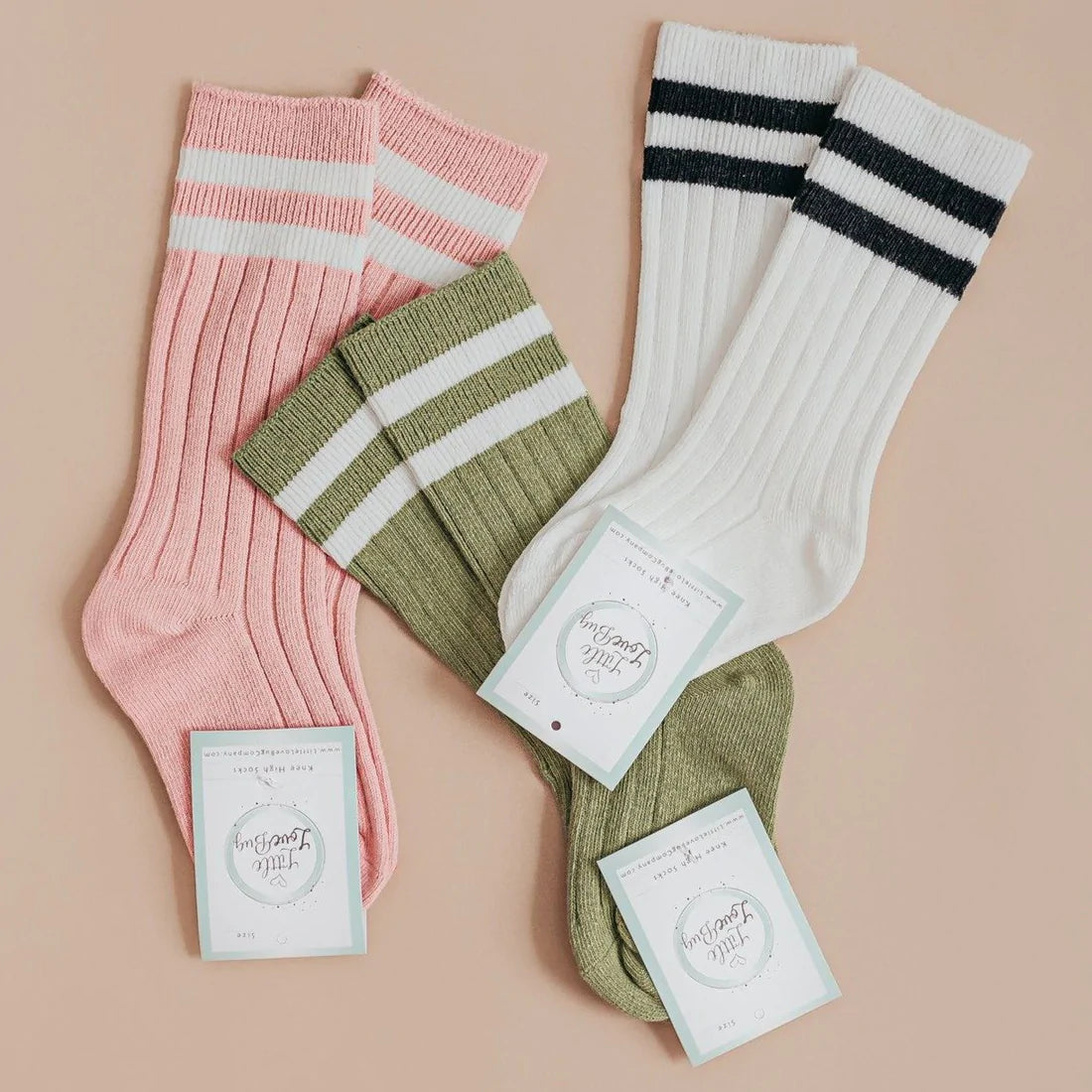
By Jennifer White Medically reviewed by Lyndsey Garbi, MD Updated on February 06, 2020
Baby toenails grow incredibly fast and you have to give them special attention. You also need to be mindful of ingrown toenails which can be very painful for your baby. Learn how to prevent them and care for your baby's toes.
Symptoms of Ingrown Toenails
Most often you'll see an ingrown toenail develop on the big toe, but any piggy can fall prey.1 What happens is that the edge of the toenail begins to grow into the skin. That area of the toe will become red, swollen, and may ooze some unpleasant discharge.
Your baby will indicate that the toe is none too comfy by crying when the toe is touched or has pressure placed on it. He may suddenly begin to hate his shoes, pull at his toes, or, if he is walking, may limp or cry out.
What Causes Ingrown Toenails?
Ingrown toenails happen more often when nails become too long or if the toenail tends to grow or curve down at the tip of the toe. Additionally, stubbing the toe or wearing socks or baby shoes that are too tight can cause ingrown toenails.
Ingrown Toenail Home Treatment
Soaking in lukewarm, soapy water three to four times a day can soothe pain and help release the ingrown toenail. After soaking for 10 minutes you can gently massage the side of the nail fold so the nail pulls away from the skin. After 15 to 20 minutes, pat the area dry. If the nail has raised enough, place part of a cotton ball or a small piece of gauze under the corner of the nailThe American College of Foot and Ankle Surgery cautions parents to never try to dig out the nail or cut it away. Doing so greatly increases the risk of infection and could require medical attention. You may discuss with your doctor whether to use an antibiotic ointment and what may be appropriate for treating pain.
While you are treating the nail, have your baby wear loose-fitting shoes and/or socks (or better yet, go barefoot). You should begin to see improvement in a few days.
When to Call the Pediatrician
First, try the warm soaks for two to three days. If you don't see any improvement, then call your healthcare provider. However, if the toe starts to appear infected, don't hesitate to call.
An infection can appear as a dramatic increase in swelling or redness (keep in mind that some are to be expected), or if there is significant discharge or redness streaking up the toe. In some severe cases, surgery may be required.4
Preventing Ingrown Toenails
The best way to prevent ingrown toenails is to take care to trim nailscorrectly.5 Use clean baby fingernail trimmers or a file to keep nails manicured. Toenails should be trimmed straight across, not rounded down at the edges like fingernails are often trimmed. Don't trim them too short, however. Leave a little line of the white nail at the tip.
It's really key to make sure you trim the nails before they become so long that they tear on their own. Those clean cuts straight across are so much better at preventing that torn, raggedy nail edges.
Finally, you'll notice that not only do your baby's nails grow quickly, so do their feet. Check often to make sure you've got the right shoe size and that your baby's socks are not too tight. The shoes and socks need to be wide enough and not constrict the toes.



